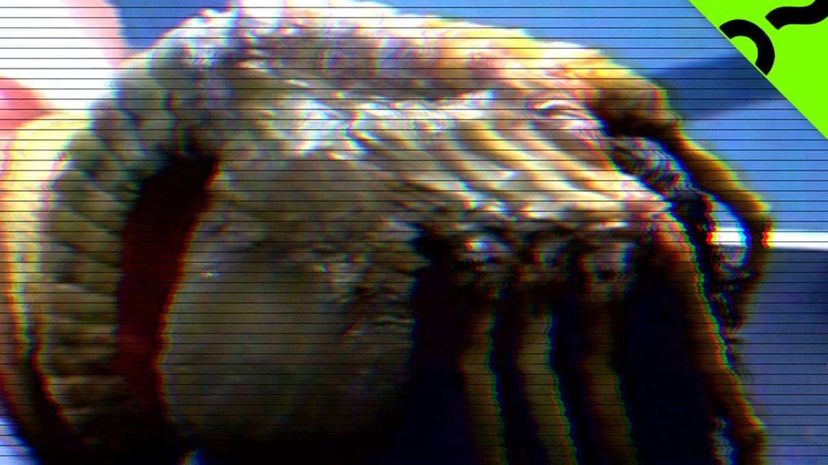
"You still don't understand what you're dealing with, do you? Perfect organism. Its structural perfection is matched only by its hostility." — Ash (Ian Holm) in "Alien"
As adults, xenomorphs exhibit the pharyngeal jaws of moray eels, exoskeletal armor and a spiked tail that brings to mind a scorpion's stinger or a stegosaurus' thagomizer.
Advertisement
That's the "perfect" xenomorph, but what about the facehugger also in "Alien"? In the movies, this crab-like entity emerges from a leathery egg, attaches itself to a human's face and deposits an embryo inside the host, one that develops into a chest-bursting xenomorph larva.
But if the chestburster is the larva, then what's the facehugger? Many real-life species boast a prelarval form, but the "Alien" films indicate that the implanted embryo absorbs genes from the host. Might this mean the facehugger is little more than a mobile sex organ?
Believe it or not, self-propelled autonomous sex organs are not unprecedented in the natural world. The male argonaut (or paper nautilus) uses a detachable, free-swimming tentacle called a hectocotylus to deliver sperm to a female.
Elsewhere in the sexual horror show we call an ocean, adult Nereididae ragworms simply morph into a reproductive torpedo. As Dr. Marah J. Hardt points out in her book "Sex in the Sea," the creature's legs morph into paddles, its guts atrophy and its body bloats with accumulated sperm or egg. Finally, the ragworm's eyes enlarge to seek out the full moon, allowing them to paddle in force to the surface and explode in a slurry of gametes and seawater.
These examples don't nail down the exact nature of the facehugger, but they give us a few ideas — and serve to show, once more, that no matter how weird the fictional monster, nature probably has a few specimens of equal or greater strangeness.
Advertisement